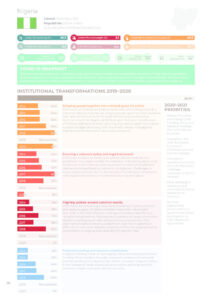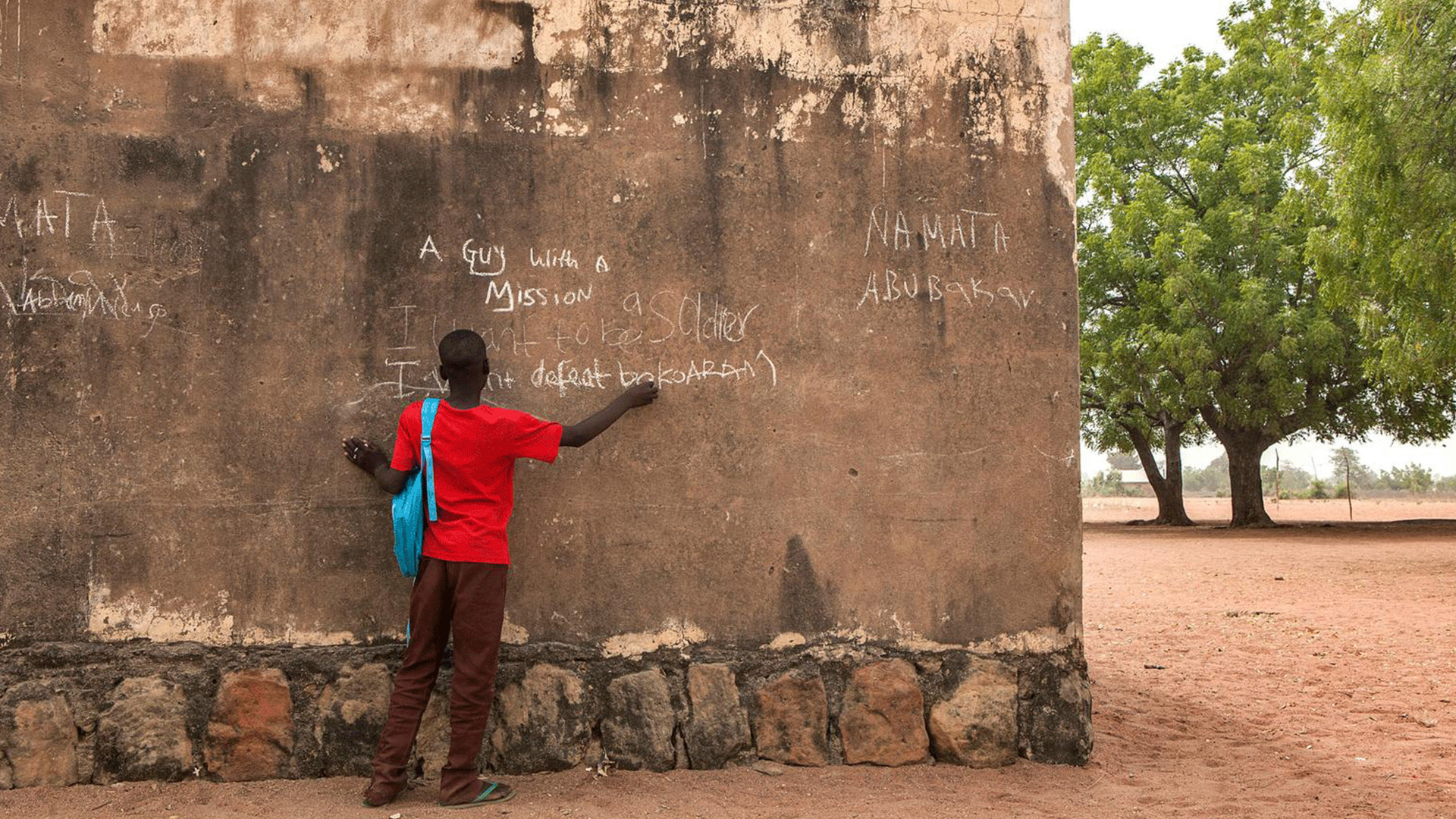Nutrition situation
Under five stunting (%)
36.8
Under five overweight (%)
2.1
Anaemia in women 15-49 years (%)
49.8
Under five wasting (%)
6.8
Low birth weight (%)
n.a.
0 to 5-month-old exclusive breastfeeding (%)
28.7
Adolescent overweight (%)
Male: 5.9
/ Female: 10.3
Adult overweight (%)
Male: 21.7
/ Female: 36.1
Adult obesity (%)
Male: 4.6
/ Female: 13.1
Adult diabetes (%)
Male: 6.3
/ Female: 6
COVID-19 snapshot
The first recorded case was in February 2020; government measures included the provision of food aid and palliatives and the expansion of the social security interventions, such as conditional cash transfers to households. The SUN multistakeholder platform (MSP) worked together to re-position the NNP, and SUN Networks reorganised their projects.
Institutional transformations 2019-2020
Bringing people together into a shared space for action
MSPs exist at national and subnational levels, all working towards a Common Results Framework. Ongoing scale-up of nutrition-sensitive and -specific interventions through the national Accelerating Nutrition Results in Nigeria (ANRiN) project. But poor coordination of MSPs at subnational levels, and ongoing need to push for a robust nutrition budget line along with the timely release of budget for implementation, hampers subnational progress.Ensuring a coherent policy and legal framework
Efforts put in place to review and update relevant policies and guidelines. Successes include the extension of maternity leave to six months in some states as well a increased number of established crèches and breastfeeding corners in workplaces. Challenges in many states continue due to the paucity of funds, poor compliance with regulations and low implementation of agreed plans.Aligning actions around common results
MSPs have an increasingly clear understanding of priority actions and capacity gaps. Detailed workplans have been developed that seek to increase effective coverage of nutrition-specific and -sensitive programmes. Multisectoral coordination gaps sometimes result in overlapping of roles and activities across sectors. Poor data harmonisation remains a significant task that is significant difficulty to overcome. Need for even more effective engagement & consultation to align actions and identify specific roles.Financial tracking and resource mobilisation
Progress is being made on leveraging resources and pooled basket funding. This is evident through increased collaboration between partners and more budgetary allocations. However, frequent delays in the release of funds to execute action plans and interventions remains a major concern in almost all states.2020-2021 Priorities
- Review the Infant and Young Child Feeding Policy and National Strategic Plan of Action on Nutrition.
- Strengthen the SUN secretariat in terms of infrastructure and human capacity.
- Strengthen coordination within the SUN Networks / mobilisee academia to form a network.
- More tracking of resources and increased domestic resources for nutrition.
- Increase subnational (states and local government areas) participation in SUN Movement approaches.
Download

